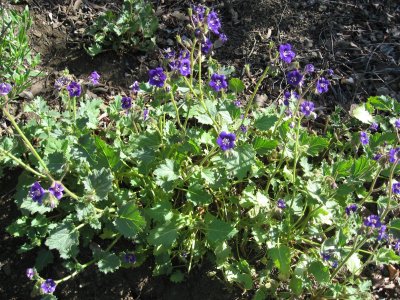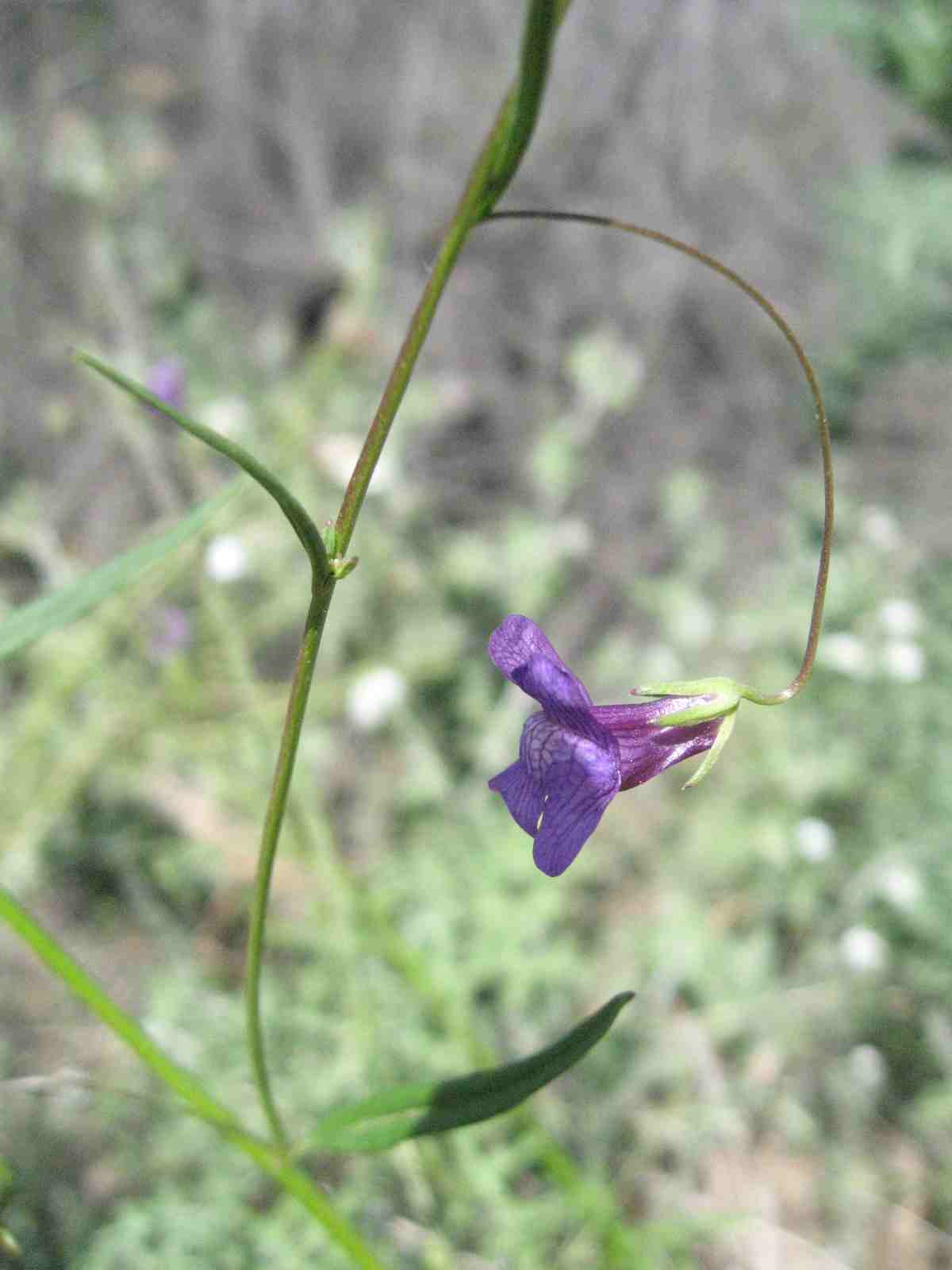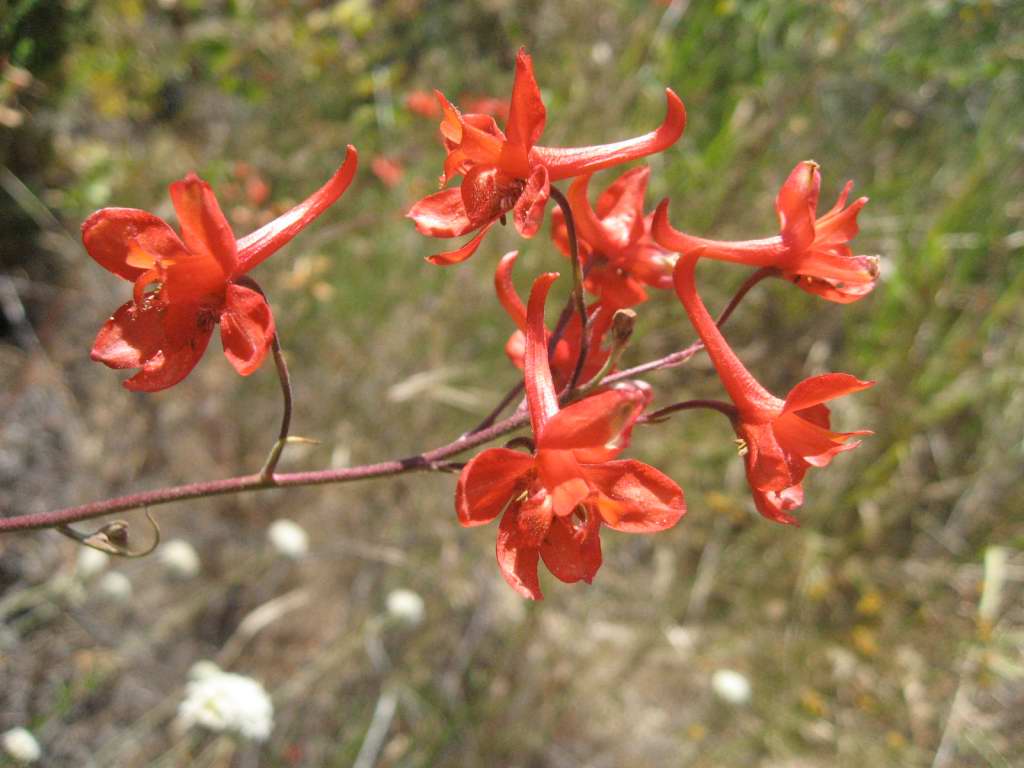Fire's Impact On Plants - Volume 2
I posted about plants' reaction to fire in the Santa Monica Mountains before and had always intended for that topic to become a series. The Springs fire of 2013, which burned parts of the western Santa Monica Mountains, prompted me to revisit the topic.
Among the various thoughts and emotions I've had on reading the news and seeing photos, I recall a conversation I had with someone on a trail maintenance outing with the SMMTC on Old Boney Trail in Point Mugu State Park. He was describing that when an area of chaparral has not burned for a long time, a handful of plants tend to dominate the terrain, crowding out opportunities for competitors. Such would describe some of the area that has just now burned. It will be interesting to see what plants emerge in these areas next year after winter rains.
As I said in volume 1: "While there is a natural and understandable tendency to lament the impact these fires have on our mountains, it does provide a unique opportunity to some plants that need the heat, nutrients or exposure to set seed or properly thrive. Other plants may have certain abilities to bounce back from a fire, usually due to significant root structures or hardened stems."
The following plants are some "fire followers" which I've featured in plant-of-the-months since the first fire post. Three other plants with some fire characteristics - Star Lily, Stinging or Nettle Lupine, and Yucca are mentioned in the earlier post.

|
Large Flowered Phacelia |

|
Parry's Phacelia |

|
California Poppy |

|
Twining Snapdragon |

|
Scarlet Larkspur |

|
Fern Leaf Phacelia |
Contributed by Liz Baumann
References:
Wildflowers of the Santa Monica Mountains, by Milt McAuleyFlowering Plants: The Santa Monica Mountains, Coastal and Chaparral Regions of Southern California, by Nancy Dale
Roadside Plants of Southern California, by Thomas J. Belzer
California Native Plants for the Garden, by Carol Bornstein, David Fross, and Bart O'Brien
California Herbal Remedies, by LoLo Westrich
Contributed by Liz Baumann
